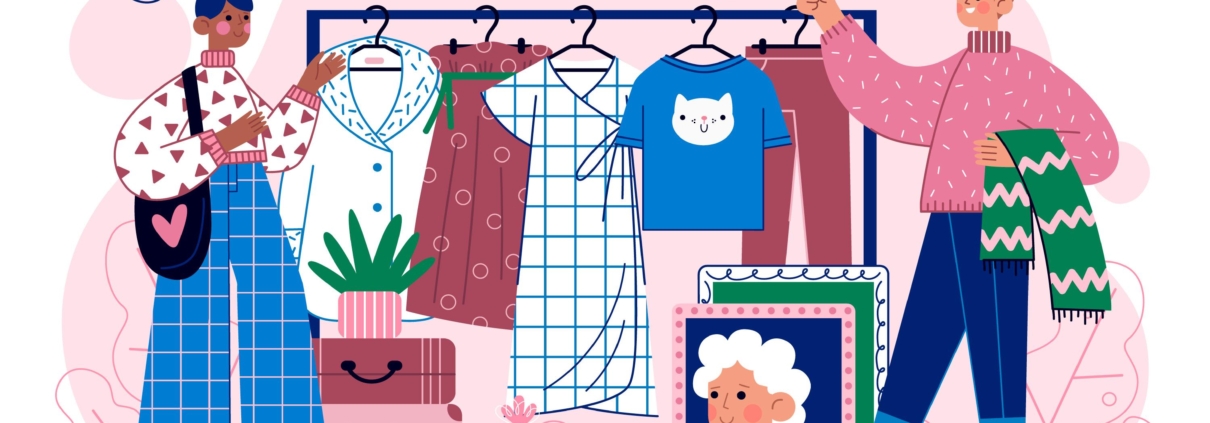Second Hand
Consumers are increasingly aware of the environmental impact of textile production on our planet. Ethical consumption of our clothing not only provides an economically pleasing option for the wallet but also offers a different experience of acquiring products.
The consumption of second-hand textile fashion, or #PrelovedFashion, presents the opportunity to have unique, quality-guaranteed, and quite affordable pieces. It is a prevalent phenomenon across all social classes.
According to the United Nations, if garments were used for twice as long as they are now, it could reduce 25% of the CO2 emissions currently generated by the fashion industry. This is because burning one kilogram of clothing produces 1.36 kilograms of carbon dioxide, making it more polluting than burning coal or natural gas (Nolasco, 2023).
Some advantages include:
• Finding new ways to benefit our pockets
• Second chances
• Extending the lifecycle of a piece
• Access to products from prestigious brands at a lower cost
• Quality and durability of products
In Latin America, Mexico ranks second, with 28 percent, as one of the countries with the highest purchase and sale of second-hand products, according to data from the “Challenges and Opportunities in the Post-COVID-19 Era” study by Kantar, a global market research agency (Indigo, 2023).



